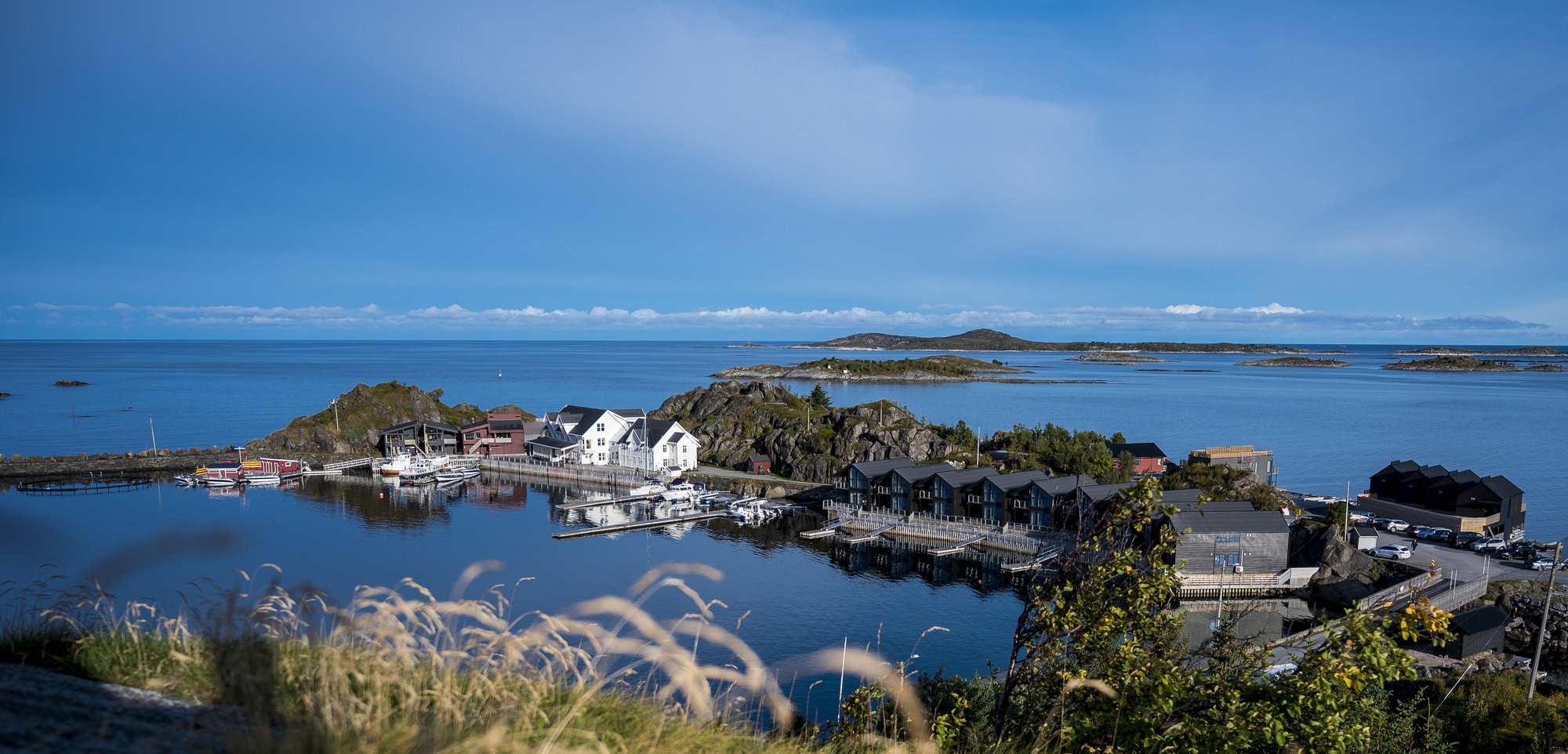Our sustainability principles
“Best Arctic Group is in the business of promoting and sharing local nature, culture, and people to customers worldwide. We provide reliable transportation across the country coupled with reputable customer-centric service. We acknowledge that our activities impact the climate in a negative way.
For us, sustainability is not about disclaiming complicated and glorified information and developing fancy innovations. It is about creating long-term profitability and reducing risk. The road map to a truly sustainable business, both in terms of impact and profitability, starts with the transitioning period. This is where we are at this point. Of course, our mission is to excel to net zero and nature positive, however this is a long-term project, and we will start by working with our current assets and competence.”
TROND ARNE KONGSLI, Chief Executive Officer



